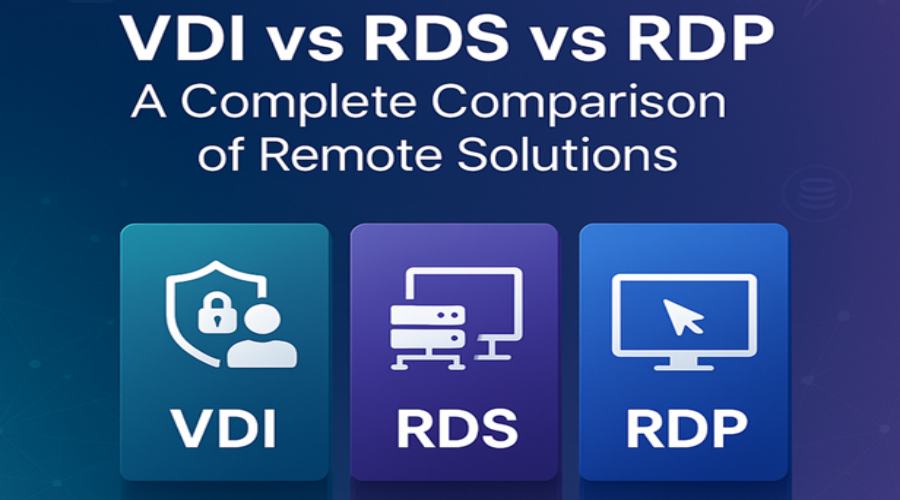
As financial awareness grows, insurers are introducing innovative products to appeal to evolving consumer preferences. One such offering gaining attention is zero cost term insurance—a variation of traditional term insurance plans that promises a return of premiums if no claim is made during the policy term. While this may appear to be a win-win option for policyholders, industry experts advise a more cautious approach.
Despite its appealing structure, zero cost term insurance may not always deliver optimal value when compared to standard term insurance plans. This post explores the reasons why financial advisors and insurance professionals remain critical of its actual long-term benefits.
What Is Zero Cost Term Insurance?
Zero cost term insurance is a hybrid product. It combines the affordability and life cover of traditional term insurance plans with an optional return-of-premium benefit, provided the policyholder exits the plan at a specific time. If you continue until maturity, you receive no cash back. If you pass away during the policy term, your nominee will receive the sum assured. But if you choose to exit during the designated window, you get your premiums (minus GST) refunded.
It’s positioned between a pure term plan and a Term Plan with Return of Premium (TROP). But as the fine print reveals, the benefits might be more psychological than financial.
Why Experts Raise Red Flags?
Financial advisors and planners have consistently pointed out a critical flaw: opportunity cost. While a regular term insurance plan may cost significantly less, zero cost plans come with inflated premiums, sometimes 20–30% higher. These extra payments, when invested elsewhere, could create a significantly higher corpus over time.
Let’s take an example:
Suppose a 30-year-old individual opts for a zero cost term plan, paying Rs 16,287 annually for 30 years. That totals Rs 4.89 lakh over the term. After subtracting GST (18%), they receive a refund of Rs 4 lakh at retirement.
Now, let’s assume the same person chooses a standard term insurance plan costing Rs 12,686 per year. That’s a difference of Rs 3,601 annually. If they invested this difference through a Systematic Investment Plan (SIP) earning 12% annually, they’d accumulate a corpus of Rs 10.5 lakh over 30 years. Even a conservative recurring deposit at 8% interest could grow to Rs 4.5 lakh, equalling or exceeding the total premiums paid for the regular term plan.
In short, your regular plan could become “zero cost” or, better, with returns.
The Tax Illusion
Many buyers are also drawn in by the idea of a tax benefit. And yes, term insurance plans, including zero cost variants, do offer deductions under Section 80C and tax-free death benefits under Section 10(10D). But here’s the catch:
For example, consider a 28-year-old salaried individual who buys a zero cost term insurance plan with an annual premium of ₹15,000. The entire premium is claimed as a deduction under Section 80C. Later, at the age of 55, the individual exits the plan and receives ₹4.5 lakh as a refund.
However, if this payout violates the minimum 5-year holding period or other conditions set by tax laws—such as including riders or not meeting specific exit criteria—the entire refund could be taxed as income. In comparison, putting the same amount into a tax-saving mutual fund could have offered higher returns along with the same Section 80C benefits.
Lack of Flexibility Hurts the Consumer
Another major concern with zero cost term insurance is its rigidity. You can’t exit at any time. The refund is available only during pre-defined windows—say after 25 or 30 years—and missing this period locks you in with no cashback benefit. This defeats the whole appeal of flexibility that the term ‘zero cost’ suggests.
Add to this the fact that you cannot switch from a zero-cost plan to a regular one mid-way. Once you’re in, you’re committed—irrespective of whether better options become available in the market or your financial situation changes.
Zero Cost vs. TROP: What’s the Real Deal?
While both plans offer some form of premium refund, there’s a key difference:
| Feature | Zero Cost Term Plan | Return of Premium (TROP) Plan |
| Premium | Lower than TROP, higher than regular plans | Highest among all three options |
| Refund Timing | Mid-term, at a pre-specified age or policy year | Only at the end of the full policy term |
| Flexibility | Exit is optional during a specific window | No early exit with a refund |
| Best For | Risk-averse salaried employees looking for a refund | Self-employed or those looking for forced savings |
Final Thoughts
The ‘zero’ in zero cost term insurance may seem appealing, but in the realm of finance, nothing is really free. It is a marketing hook—a psychological push—that convinces consumers to avoid the painful feeling of sunk costs, but in reality, the numbers don’t align with the hype.
For most people, a traditional term insurance policy paired with disciplined investment practices will add more financial benefit. While zero cost term insurance addresses one of the concerns of ‘losing’ your money, it is likely to lose long-term value, flexibility, and investment potential as a result.
Choose wisely. And when in doubt, consult insurance experts like those at Aviva, who can help tailor a protection plan that suits both your needs and your financial reality.






